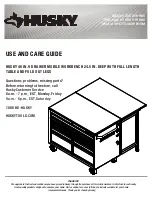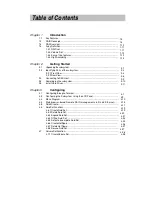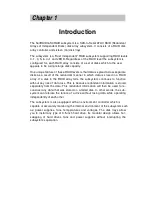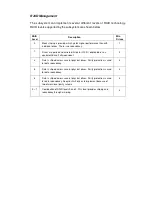Reviews:
No comments
Related manuals for 8S3

1005 019 985
Brand: Husky Pages: 20

WB501 Series
Brand: VONROC Pages: 28

FlashPoint ShareDrive
Brand: Xmultiple Pages: 16

18-51000 Series
Brand: Salsbury Industries Pages: 5

SB302-LB
Brand: AIC Pages: 101

TS7650 PROTECTIER DEDUPLICATION APPLIANCE
Brand: IBM Pages: 218

Skwarim 301080
Brand: LaCie Pages: 26

StoreJet 18 mobile
Brand: Transcend Pages: 21

ESD200
Brand: Transcend Pages: 19

COMMANDER-X
Brand: Rocstor Pages: 10

90347
Brand: Powerline Pages: 2

CWB1200P
Brand: Clarke Pages: 4

IL 2320 ZVL
Brand: Outdoor Life Products Pages: 25

PREMIER 30302GECOK
Brand: ABSCO SHEDS Pages: 25

T33276
Brand: Grizzly Pages: 8

T1250
Brand: Grizzly Pages: 6

T10157
Brand: Grizzly Pages: 8

G0631
Brand: Grizzly Pages: 32

















